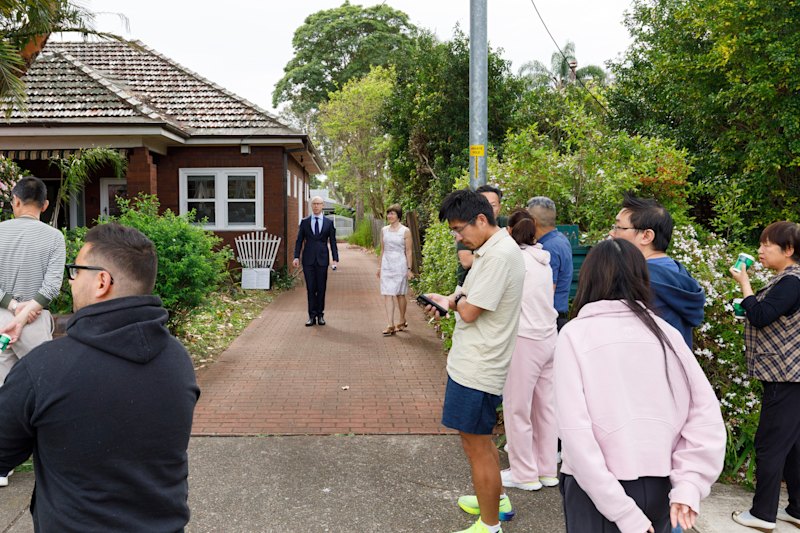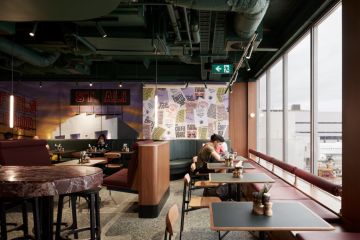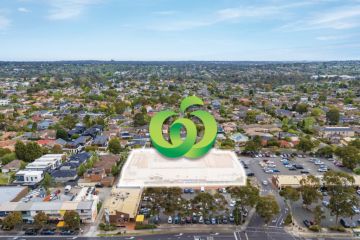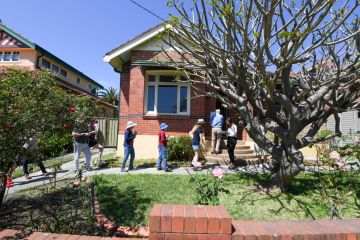A place to call home: the placemaking trend at the heart of apartment developments
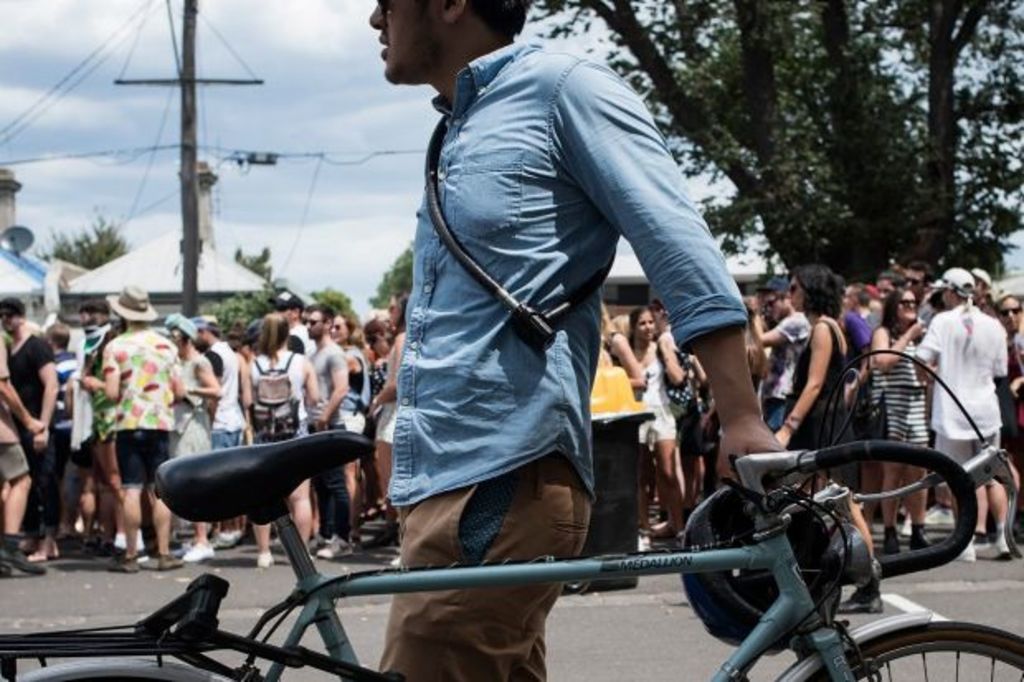
You’ve heard of architects and town planners. Now meet the “placemaker”.
The job sounds like the title of actor George Clooney’s next action film. However, it’s a philosophical, people-driven approach to urban development, in adjunct to architecture and landscaping.
Placemakers decide what a new residential or commercial project needs, at ground level, to become a community asset.
Placemaking isn’t new but it is a buzz word Australians perusing off-the-plan real estate will hear more often, as apartment towers continue to sprout, from cities to suburbs.
Designing public-use spaces, from retail to social, which make sense for the broader community, is considered both an art and a science.
Gilbert Rouchecouste, managing director and founder of Melbourne-based placemaker firm Village Well, said property developers were waking up to the importance of placemaking.
“Having an indoor theatre and a virtual gold range ain’t going to do it anymore,” he said.
“The most loved placemaking places are pre-1945. They are built with a level of humaneness around them, shop fronts being close to human connection, and (the idea of) smaller is beautiful.
“These environments are really central to the human condition and wellbeing. Placemaking now is becoming more sophisticated. As people travel, they are more lifestyle focused, and on public amenity of civic and cultural services.
“The opposite of it are stark environments that people don’t want to hang out in. We have worked with 1000 cities and towns over the last 25 years, from Flinders Lane and Degraves Street, through Abbotsford Convent, creating the night market at the Queen Victoria Market and renewing High Street in Northcote.”
Mr Rouchecouste is credited with reviving Melbourne’s now iconic laneways, transforming them from thoroughfares to destinations in their own right.
Developer Sterling Global, which is behind a 70-level building planned for Melbourne’s 383 La Trobe Street and designed by revered French architect Jean Nouvel, enlisted Mr Rouchecouste and his company.
A third of the site will be accessible to everyone in the CBD, not just the skyscraper’s residents or commercial occupants, and includes a laneway network, a gallery, and animated light installation featuring curated artists.
Sterling Global’s head of investment and development, Mark van Miltenburg, said placemaking was derived from “a premise that there is more to cities than very tall buildings”, and will be part of the developer’s future projects.
Melbourne-based architect, DKO principal Koos de Keijzer said placemaking was far more nuanced than incorporating a ground-floor cafe into a property development.
The artisan greengrocer with a cold-drip proficient barista is sometimes part of it, but thoughtful placemaking goes much further.
“We do a lot of large-scale communities – 1000 or 2000 dwellings – and in the last 10 or 15 years, clients, urban designers and architects have realised you cannot just build a community out of houses, streets and parks, you actually need to have quite a strong social aspect to it,” de Keijzer said.
“A large job we are doing in Christchurch (New Zealand), we are working on 1000 apartments in the eastern part of the city, and working closely with placemakers there, and in doing that starting to bring communities together in social spaces.”
DKO has paired with architects from Breathe to design a 153-apartment project in Sydney’s Alexandria, which has been split into five smaller buildings, each with its own community garden and social zones.
The Eve apartments in once-industrial Erskineville in Sydney, created by DKO for upmarket developer Fridcorp, includes a forecourt which is for community use, and is also the formal entry for residents.
“By breaking up bigger buildings into a series of smaller buildings, you really start to foster this strong sense of community,” de Keijzer said.
“It is all about trying to stifle that anonymity of those spaces and buildings that are not public. Making lobbies places where people can recreate and meet others … they are really important things.
“It is not as simple as putting a cafe down the bottom (of a development). That is helpful in some sense, but what we are interested in is the non-commercialisation of it, such as community gardens.”
We recommend
We thought you might like
States
Capital Cities
Capital Cities - Rentals
Popular Areas
Allhomes
More
- © 2025, CoStar Group Inc.

